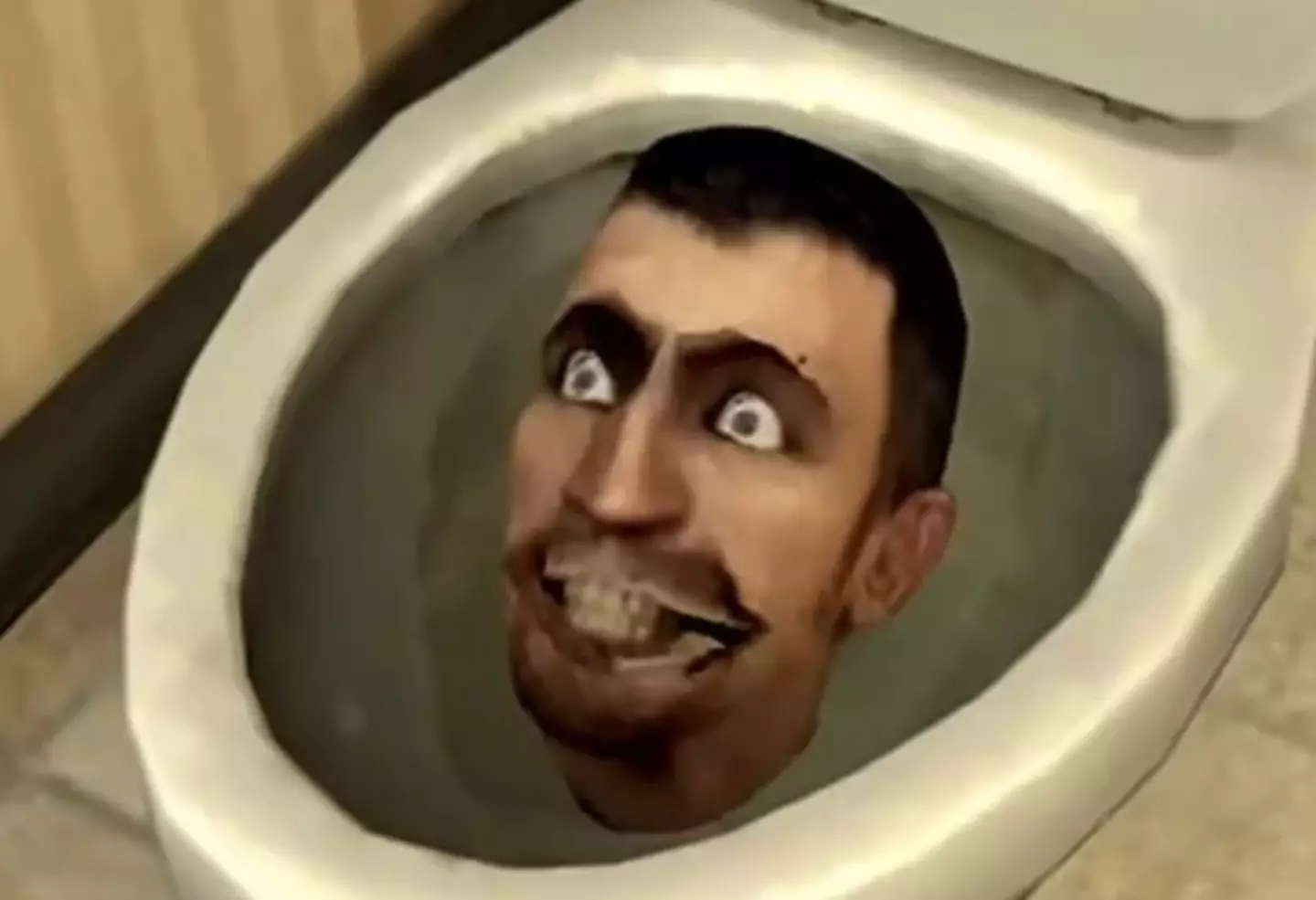If you thought banning things in school was all about dress codes or rough playground games, think again. The latest trend causing disruption in classrooms is the phrase “Skibidi Toilet.” This bizarre phrase, born from a viral YouTube series, has been echoing through the halls of schools across the globe, leaving teachers perplexed and often annoyed. But what exactly is this new craze, and why has it become a nuisance for educators? Let’s dive into the world of “Skibidi Toilet” and explore how teachers are handling this latest challenge.
What is ‘Skibidi Toilet’? The Origin of the Trend

The “Skibidi Toilet” trend is not your average playground banter. It originates from a peculiar YouTube series created by animator Alexey Gerasimov. The series features surreal, creepy animations that blend bizarre imagery with catchy music. These strange yet oddly entertaining videos quickly gained traction among Gen Alpha (children born in the early 2010s), and soon the series found its way onto TikTok, sparking countless viral sounds, memes, and parodies.
Children began mimicking the series’ quirky sounds and catchphrases, with “Skibidi Toilet” becoming a favorite shout-out. This led to the phrase’s integration into everyday student slang, transforming it into a classroom distraction that some teachers felt compelled to address.
Why Are Teachers Banning the Phrase?
The rapid rise of “Skibidi Toilet” in schools has raised eyebrows, particularly among educators who are seeing its impact on student behavior and classroom focus. But why has this seemingly harmless phrase become a problem?
- Disruption: Just like any viral trend, constant repetition of the phrase is distracting. Teachers report that students often shout it randomly during class, breaking concentration and derailing lessons.
- Annoyance Factor: Beyond the distraction, the phrase itself has a strange, nonsensical quality that makes it especially grating. Some educators describe it as a form of “verbal graffiti,” cluttering conversations with meaningless noise.
- Imitating the Trend: Students not only shout the phrase but also mimic the weird movements and dance styles seen in the YouTube videos. This adds a layer of physical disruption to the verbal chaos.
Teachers are increasingly concerned that allowing this trend to persist might encourage more disruptive behavior, making it harder to maintain an effective learning environment.
How Teachers Are Handling the ‘Skibidi Toilet’ Craze
Banning “Skibidi Toilet” outright has been one of the more common responses among educators, but it’s not always easy. Here are some strategies teachers are employing to manage this bizarre trend:
- Clear Classroom Rules: Some teachers have created specific guidelines for when and where “Skibidi Toilet” can be mentioned. For instance, a viral TikTok showed a teacher restricting the phrase to specific hours outside school time, effectively making it a non-school activity.
- Using Humor to Diffuse It: Certain teachers have adopted a more light-hearted approach, singing the “Skibidi Toilet” song in exaggerated, cringe-worthy tones. The idea? Make it so uncool that students stop saying it. One teacher even claimed success, noting that when he sang it, the trend lost its appeal among his students.
- Open Discussions: Some educators have initiated open conversations with their students about why “Skibidi Toilet” is disruptive. This method helps students understand the impact of their behavior and encourages them to self-regulate.
- Creating Awareness: By addressing the trend head-on, teachers hope to prevent it from becoming a long-term issue. They remind students that school is a place for learning, not viral trends, aiming to foster a more focused environment.
The Broader Impact of Viral Trends in Schools

The “Skibidi Toilet” phenomenon is a reminder of how quickly viral content can infiltrate youth culture and disrupt educational settings. But is this something new? Hardly. Every generation has its own set of quirky trends, whether it’s the “Harlem Shake,” “Dabbing,” or even older phenomena like “The Macarena.” While the specifics may change, the underlying behavior remains consistent: kids will always find a way to embrace the latest craze.
However, what makes trends like “Skibidi Toilet” more challenging for teachers is their rapid spread via social media. With TikTok and YouTube at their fingertips, today’s students are exposed to viral trends almost instantaneously. This creates a faster cycle of fads, which can be difficult for schools to manage in real-time.
Why Do Kids Love Trends Like ‘Skibidi Toilet’?
You might wonder: why are kids so drawn to something as weird as “Skibidi Toilet”? The answer lies in a mix of psychology and social behavior:
@slidesai Why is this a thing #teacher #teachersoftiktok #school ♬ Monkeys Spinning Monkeys – Kevin MacLeod & Kevin The Monkey
- Rebellion: Children love to test boundaries, and using banned words or phrases is a form of mild rebellion.
- Group Identity: Participating in viral trends helps kids feel connected to their peers. It’s a shared language that bonds them, much like slang or catchphrases have done for generations.
- Humor: Let’s be honest, the phrase “Skibidi Toilet” is bizarrely funny. Its absurdity is what makes it appealing to young minds, who often find humor in the nonsensical.
Conclusion: A Fad That Will Pass?
While “Skibidi Toilet” may be driving teachers up the wall right now, it’s likely to fade away as quickly as it came. Just like past trends, it will probably be replaced by something new, leaving teachers to brace themselves for the next quirky classroom craze. The key for educators is to maintain a balance between keeping classrooms focused and allowing kids the freedom to enjoy harmless fun.
At the end of the day, trends like “Skibidi Toilet” are a part of the ever-evolving culture of youth. As long as teachers stay adaptable, they can continue to manage the weird and wonderful world of student behavior with humor, patience, and a little bit of creativity.


